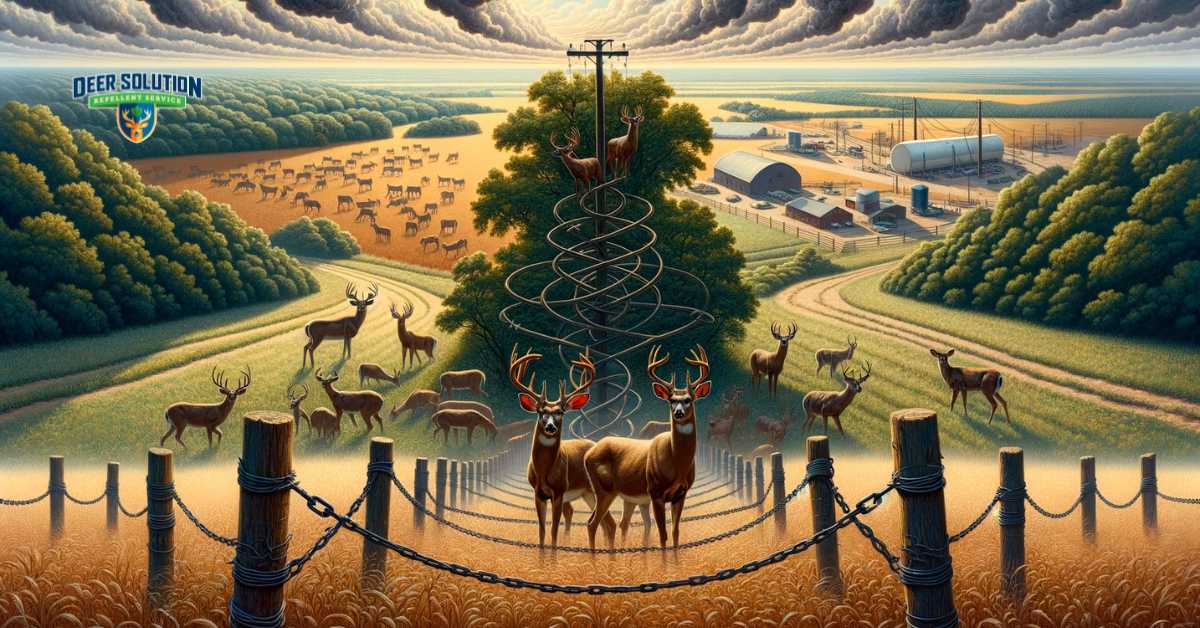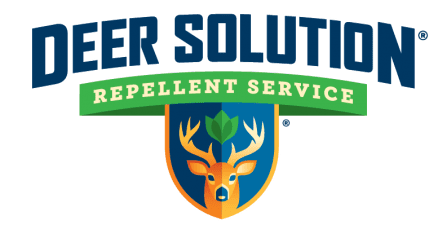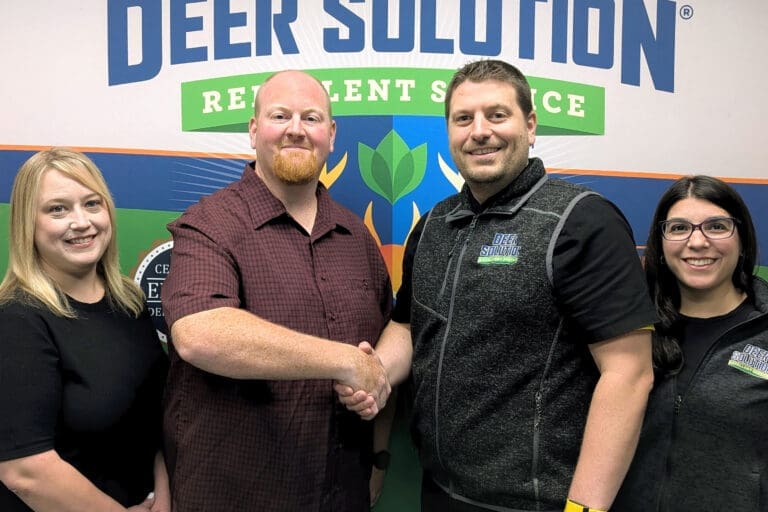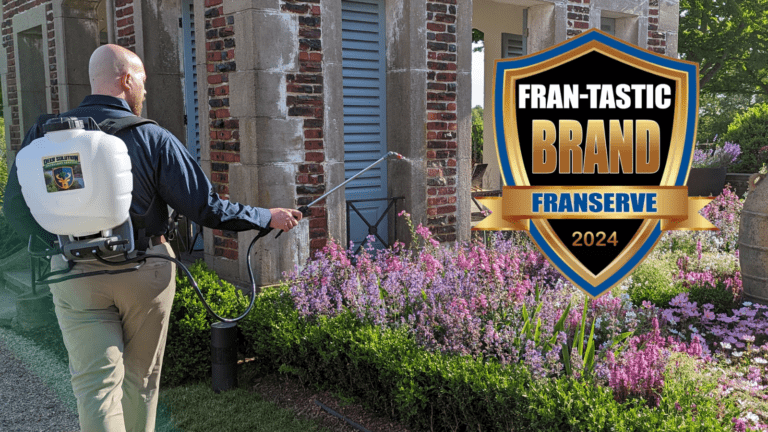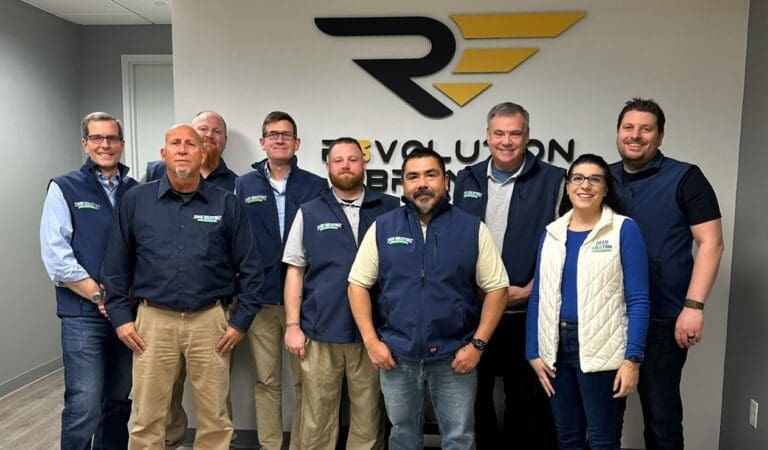Pickaway County, Ohio, currently finds itself amid a wildlife management conundrum that underscores the complexities of deer populations and the ethics of hunting.
The recent investigation into the potentially unlawful hunting of a record-breaking buck in nearby Clinton County has cast a spotlight on the broader issues of deer protection, their dietary habits, and the impact on local ecosystems.
The Ethical and Legal Quandary of Deer Hunting
In November 2023, the Ohio Department of Natural Resources (ODNR) Division of Wildlife launched an investigation involving Christopher J. Alexander from Wilmington, Ohio. Alexander allegedly harvested a potential state record buck during the archery hunting season without obtaining the legally required written permission to hunt on private property.
This incident has not only raised legal questions but also highlighted the ethical considerations surrounding deer hunting practices, which are pivotal in managing deer populations to prevent overpopulation and ecological imbalance.
In Pickaway County, Ohio, recent events concerning deer populations have sparked interest and controversy, particularly in the context of hunting ethics and wildlife management. While specific reports on deer damage in the area are not prominent in the latest news, a notable incident has brought the topic of deer hunting and population control into the spotlight.
Deer Overpopulation and Ecological Impact
The question “Are deer overpopulated?” is particularly relevant in this context. Deer, with their varied diet, have been known to cause substantial damage to local flora, including shrubs and plants such as hostas.
In areas with high deer densities, the impact on vegetation can be significant, leading to altered ecosystems and challenges in maintaining biodiversity. This situation underscores the need for effective wildlife management strategies that balance deer population control with environmental conservation.
Deer Protection and Vegetation Preservation
In Pickaway County and similar regions, the protection of vegetation from deer becomes a priority for many residents and conservationists. Deer are known to feed on a wide range of plants, and their feeding habits can lead to significant damage to both natural and landscaped areas.
The need for protecting shrubs and other plant life from deer is a crucial aspect of maintaining the aesthetic and ecological value of these environments.
The incident in Clinton County serves as a reminder of the importance of responsible wildlife management and ethical hunting practices. As communities like Pickaway County continue to navigate the challenges of living alongside wildlife, such as deer, the need for informed and responsible approaches to wildlife conservation becomes increasingly evident.
The incident in Clinton County serves as a poignant reminder of the challenges faced by communities like Pickaway County in managing deer populations. It highlights the need for responsible and ethical wildlife management practices that are not only legally compliant but also considerate of ecological and community needs.
As Pickaway County continues to navigate the complexities of living alongside wildlife, the importance of informed, responsible, and balanced approaches to conservation and wildlife management becomes increasingly clear.





